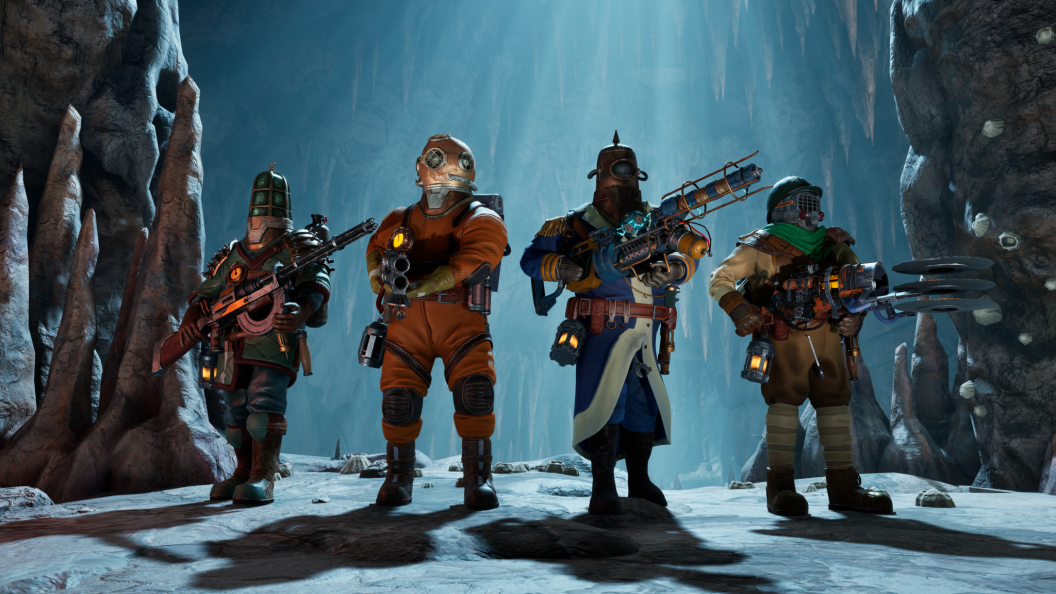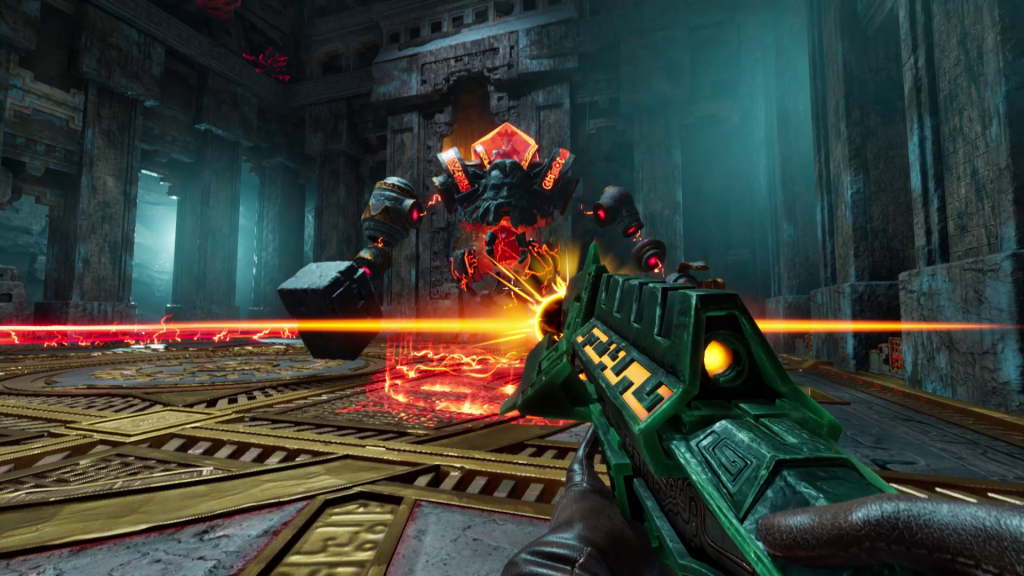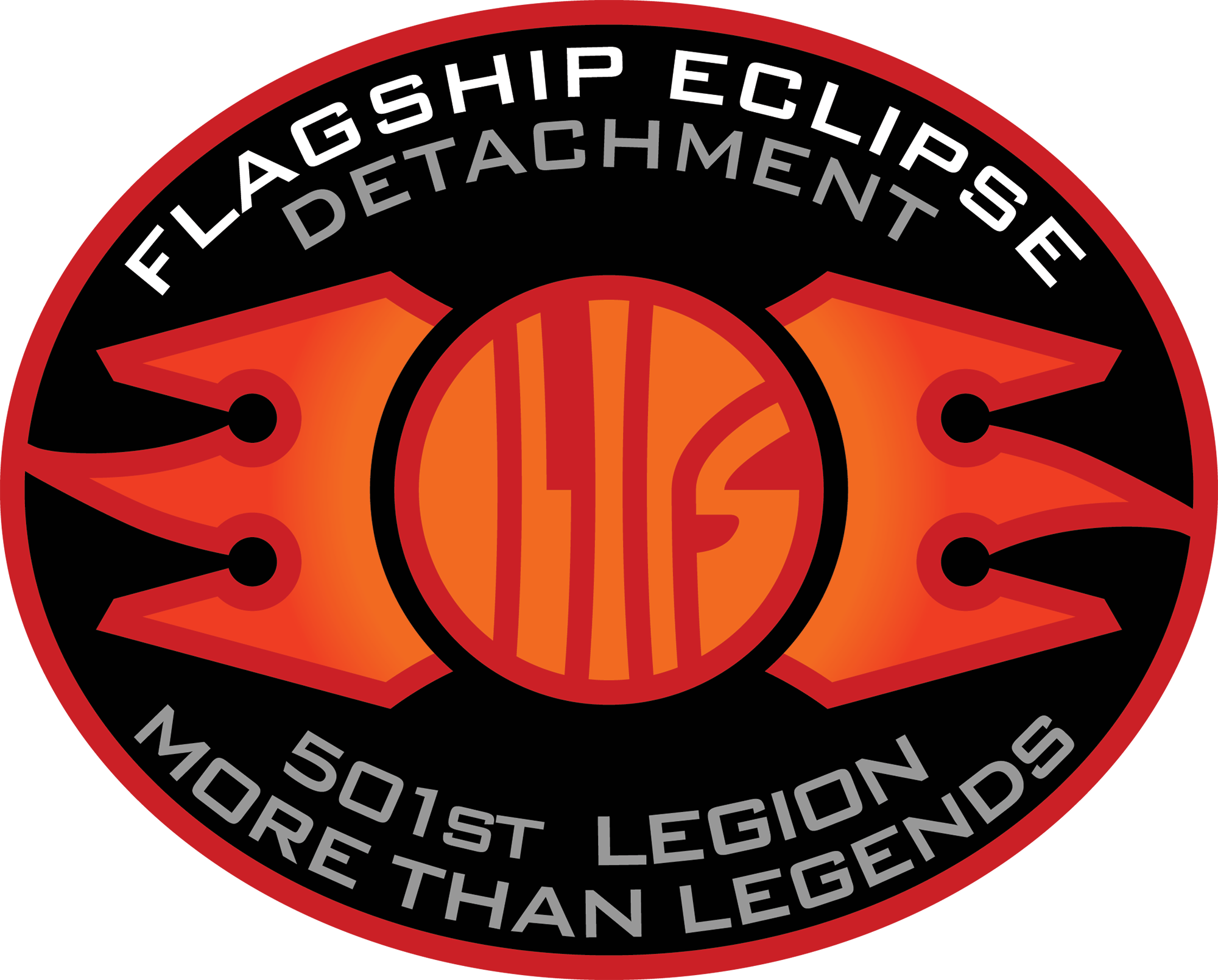
Rougelike fans have been eating for the past few years. Between Hades, Vampire Survivors, Balatro, Blue Prince, and many other games in the genre, there are arguably too many great roguelikes out there to see them all through to completion. As these games continue to evolve and as they’ve started to grow in popularity, it seems hard for even a “good” one to stick out from a crowd. This seems to be where Abyssus fits in. After playing roughly 45 minutes, it feels like there is potential for this game to be great, but it may not have the sauce needed to reach that upper echelon of the genre.
Developed by DoubleMoose Games and published by Dotemu’s indie label The Arcade Crew, Abyssus is a cooperative (or single-player) first-person shooter roguelike. Inspired by Risk of Rain, Deep Rock Galactic, Hades, and Vampire Survivors, the fast-paced shooter brings players to a world powered by brine, and players are tasked with exploring the depths of an ancient sunken kingdom to obtain a massive deposit of the substance. However, as these “brinepunk” explorers discover, the ruins are filled with waves of enemies standing in their way.
Although there is a story being told in Abyssus, it really is just there to bring some context to what the players are doing there in the first place and the world they’re inhabiting. It gives them a reason for why they’re going into these ancient ruins, how they’re obtaining these powers, and what has happened to others who have explored the depths of the sunken kingdom. However, it seems that information is all told through short journal entries found during a run, which can be forgettable. But the story isn’t really why players are engaging with this world. It’s the gameplay.
The basic gameplay feels heavily inspired by id Software’s newer DOOM entries. While the Brine Revolver does have an aim down sights (ADS) option, the Shotgun and Engine Rifle opt for the run-and-gun approach that feature a secondary firing mode attached to the typical ADS key binding. Paired with its double jump and dash abilities by default, it definitely sways more towards a “boomer” shooter. Even the layout of each arena favors constant movement like DOOM.
That fast and frenetic shooting pairs well with how encounters are designed. As mentioned, the arena layouts are similar to DOOM, which means they promote constant movement. There is also a pretty large amount of enemies coming at you at once, demanding that you always know where each enemy is, and strafing between shots. There is a flow to combat encounters that I enjoy. I essentially find a route within an arena I like, and try to pick off enemies while I’m on the move. It’s fun, engaging, and keeps me on my toes.
I do think that the normal encounters are pretty easy right from the jump. There is a bit of a difficulty jump I hit where I got too comfortable, and a new creature I had never encountered hit me for a huge health loss. Also, the main boss battle at the end of this run was no joke, and destroyed me mostly due to my own lack of awareness of the battlefield. It was a bummer to lose that run so unceremoniously, but I did want to hop back in for another run and hopefully get another chance at that encounter.
During that run, there are structures called Blessing Altars that grant players with Blessings, or the power-ups attached to a weapon’s Primary or Secondary fire mode, as well as the equipped ability. These Blessings change per run, as well as the level layouts and spawned enemies, keeping each run fresh. These power-ups can range from Wind damage, which causes area of effect damage, to Fire damage, which increases a weapon’s overall damage.

As my time has been short with Abyssus so far, I haven’t had a chance to experiment to see if “broken” builds are possible or delve into the permanent upgrades from the Soul Wheel found at camp. What I do appreciate about the Blessing system is that it does actually feel like each upgrade makes a meaningful change that does help, even in the short term. I had a Wind, Fire, and Blood build going, and while it didn’t synergize perfectly, their abilities made an impact while in combat. I am interested to see if there are those “a-ha” moments you’d get from certain builds, like in Vampire Survivors or Balatro.
Arguably, the most important part of a roguelike is the gameplay loop. If you’re not left wanting more after a run within those first few hours of play, it probably isn’t worth playing. Although I didn’t really fully engage with the loop, as I was able to get to the first main boss pretty easily, my time with Abyssus did leave me wanting more. It may not be fresh or revolutionary thus far, but its fun gameplay and interesting mechanics are keeping me engaged. I look forward to seeing how DoubleMoose Games’ Abyssus shapes up when it fully releases on August 12th.
The post Abyssus Is a DOOM-Inspired Rougelite That Has My Attention appeared first on ComicBook.com.

